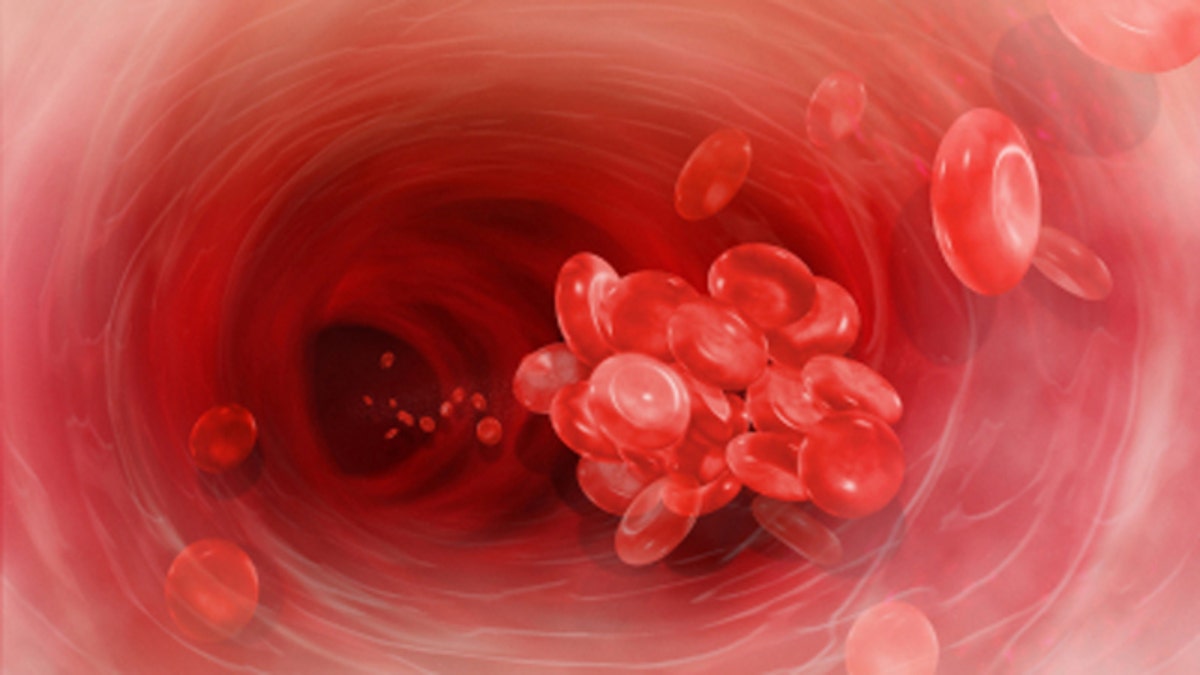
(iStock)
U.S. scientists have found a way to get mice with a form of sickle cell disease to make normal red blood cells, offering a potential new way to treat the blood disorder in people, they reported on Thursday.
Adults with sickle cell disease make mutant, sickle-shaped forms of hemoglobin, the protein in red blood cells that is vital for carrying oxygen to the body's tissues.
These deformed cells block small blood vessels, causing pain, strokes, organ dysfunction and premature death.
But this problem occurs only after birth.
During development, a fetus uses one gene to make a fetal form of hemoglobin, but switches to another after birth, and problems with this adult gene are what lead to sickle cell disease.
A team led by Dr. Stuart Orkin of Harvard Medical School, Children's Hospital and the Howard Hughes Medical Institute in Boston, earlier had discovered that a protein called BCL11A is responsible for making the switch from fetal hemoglobin to adult hemoglobin.
In the latest study, published in the journal Science, the team looked to see what would happen if they blocked production of the BCL11A protein in mice with sickle cell disease.
They found that when the protein was disabled, the mice switched back to producing fetal hemoglobin. And mice that once exhibited symptoms of sickle cell disease improved.
"This discovery provides an important new target for future therapies in people with sickle cell disease," Dr. Susan Shurin, acting director of the NIH's National Heart, Lung, and Blood Institute, which co-funded the study, said in a statement.
"More work is needed before it will be possible to test such therapies in people, but this study demonstrates that the approach works in principle."
Sickle cell disease affects 100,000 Americans and 3 million to 5 million people globally. It is most prevalent in people of African, Hispanic, Mediterranean and Middle Eastern descent.
There is no widely available cure. Bone marrow transplants work for some patients, but the treatment is risky and only available to patients with relatives who can donate compatible and healthy bone marrow to them.
